Sydney forgotten attractions including Sega World, Xerts, Backlot
Sydney is a city of entertainment. But not all attractions have the longevity of Luna Park. Revisit the city’s top eight attractions that are gone but certainly not forgotten.
Central Sydney
Don't miss out on the headlines from Central Sydney. Followed categories will be added to My News.
Sydney has always been a city of entertainment.
But not every attraction has had the staying power of Taronga and Luna Park.
Here are eight attractions that are gone but certainly not forgotten by Sydneysiders.
Sega World, Darling Harbour
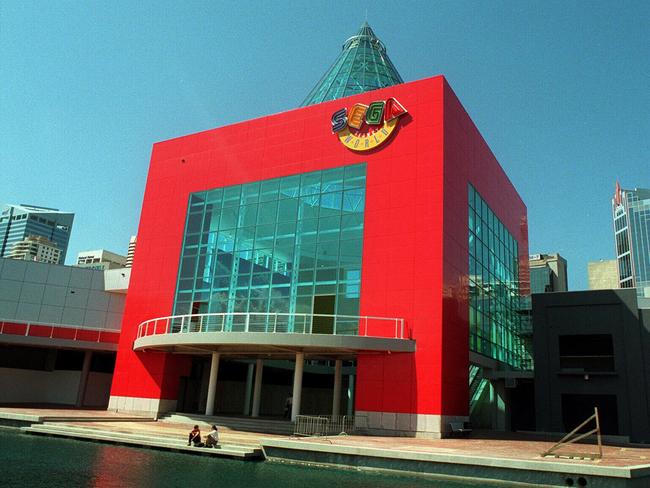
Those born in the 1990s will remember the hi-tech indoor adventure park themed after the Japanese video game universe Sega.
A statue of Sonic the Hedgehog and Sally Acorn were pride of place outside the red-walled, glass-cube building.
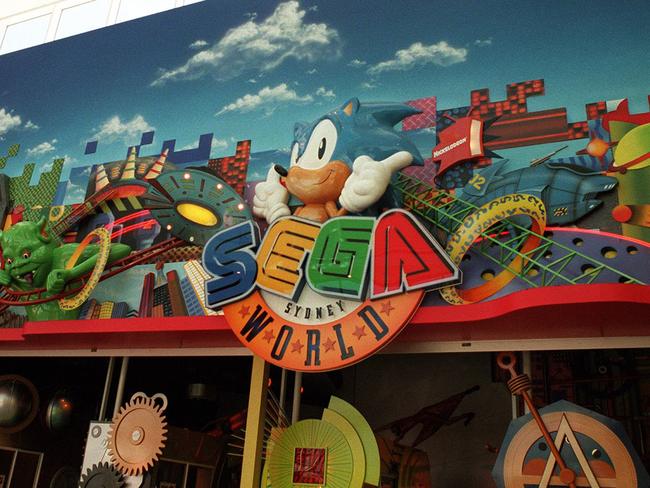
Australia’s first indoor theme park only lasted from 1997 to 2000, when it reportedly closed due to dwindling attendance, and the contents of the park were auctioned off.
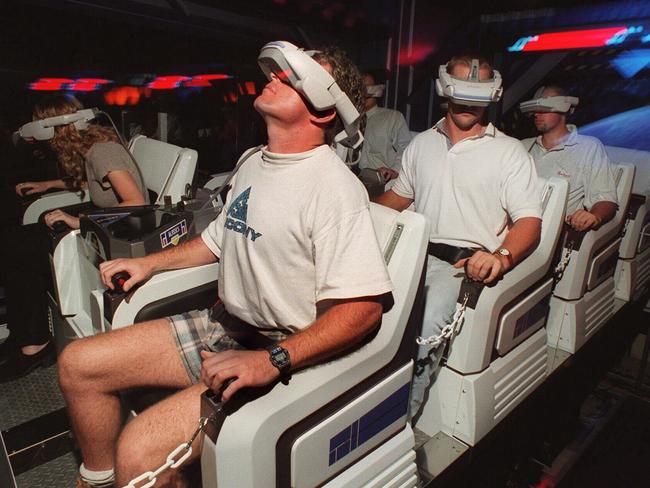
Fox Studios Backlot, Moore Park
The $260 million Fox Studios Backlot was Sydney’s small-scale take on the Universal Studios Hollywood theme park.
It opened in November 1999 to much fanfare.
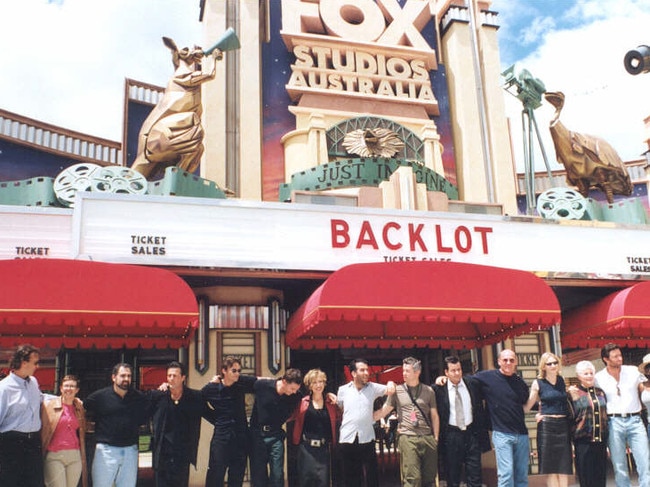
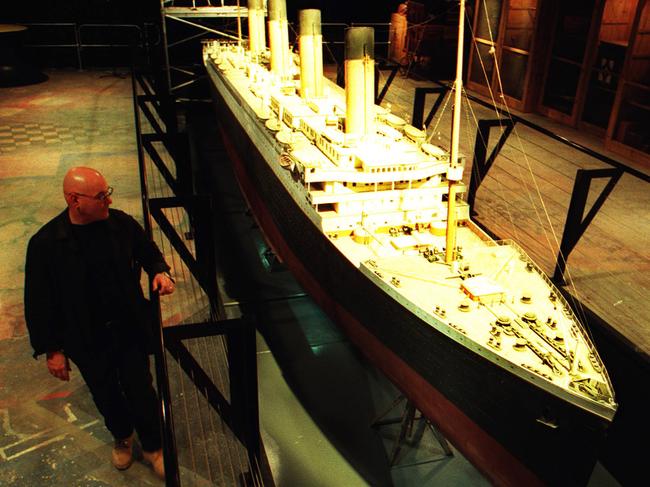
The main attraction was the $26 million Titanic walk-through exhibit, which featured a 20-metre long model used in the filming of the Oscar winner and the largest simulator motion base ever built at the time.
The attraction replicated what it felt like to be on the sinking Titanic.
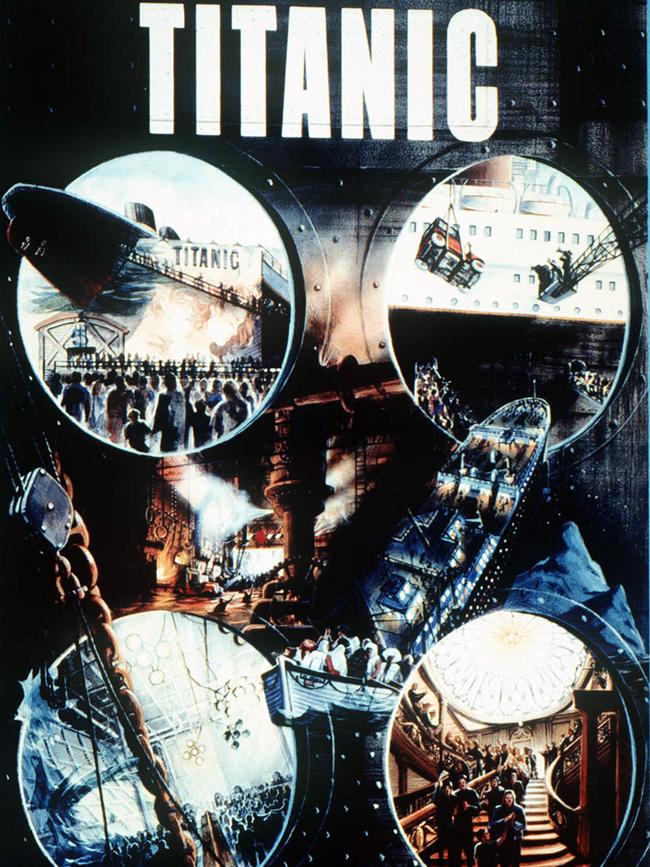
The room tilted and water started spouting from the walls on the terrifying ride.
Yet the troubled backlot closed just two years later in 2001 and was thereafter used as further studio and production space.
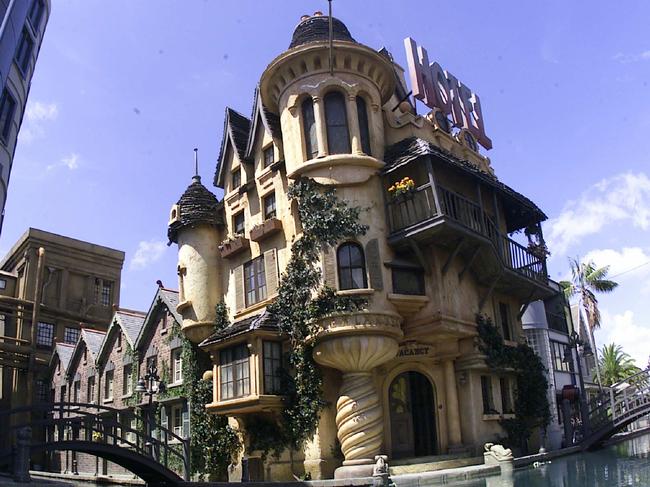
Xerts
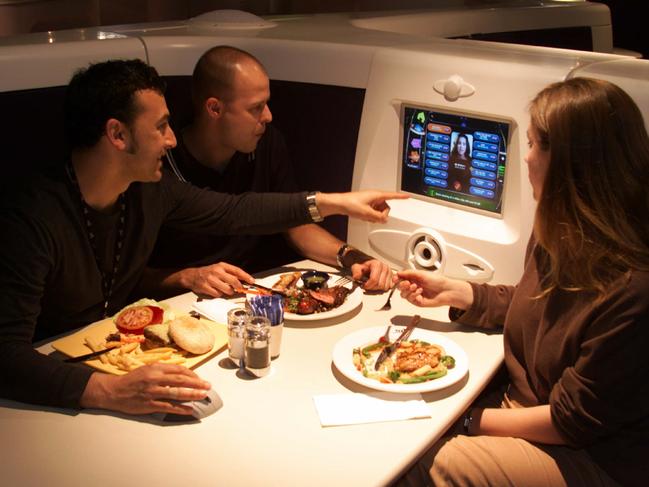
The year 2000 in Sydney was an exciting time with the promise of a hi-tech world, the Sydney Olympics and themed restaurants.
Xerts – the futuristic, space-themed entertainment eatery – brought together all of these things.
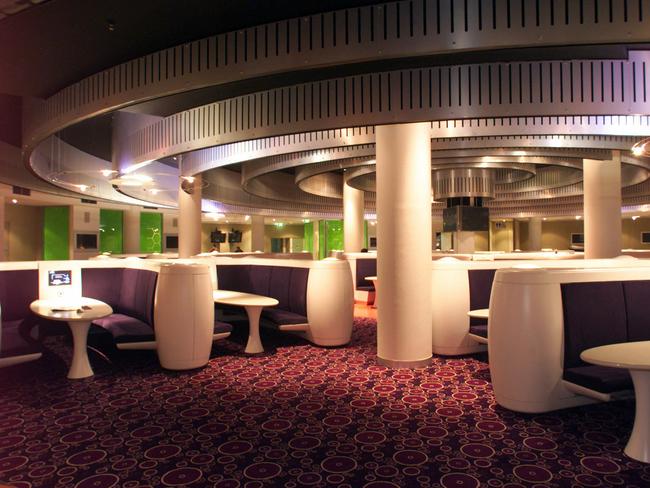
Part of a major urban redevelopment project in the Darling Harbor precinct, the snazzy, out-of-this-world Xerts was to be up and running in time for the Olympic Games.
The restaurant was designed with so called “space-themed interiors”, furniture and characters and a touchscreen computer ordering and entertainment system.
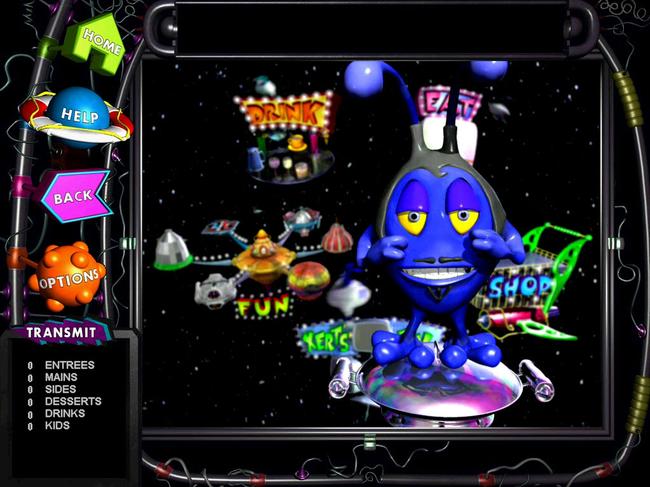
Lost clubs of Kings Cross
Each generation has had its own version of The Cross
Many will remember the Carousel Club on the corner of Darlinghurst Road and Roslyn St.
Owned by Abe Saffron and Sammy Lee, it was built specifically to house the male revue show “Les Girls”.
The show, which ran between 1963 to 1994, featured 11 women including iconic Australian transgender cabaret performer Carlotta.
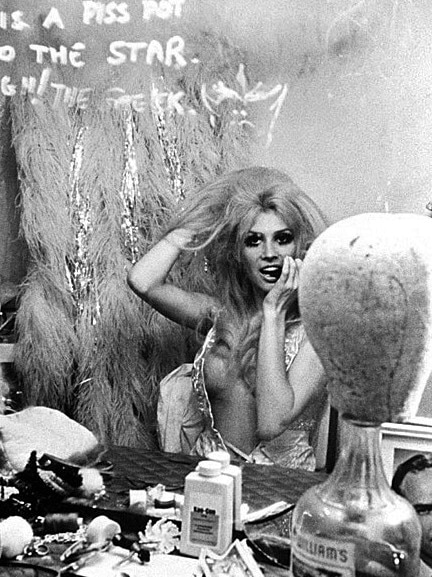
The Carousel Club was also a place of mystery, being the last place newspaper owner Juanita Nielsen was seen alive.
Back in 1975 she had been invited there for a meeting. She’s never been seen since and it is generally believed she was kidnapped and killed.
Down the street, the Pink Pussycat strip club was opened in the 1950s by the late “Sir” Wayne Martin – a friend of Frank Sinatra – and Louis “Last Card” Benedetto.
It enjoyed a long and prosperous life, only closing in 2013.
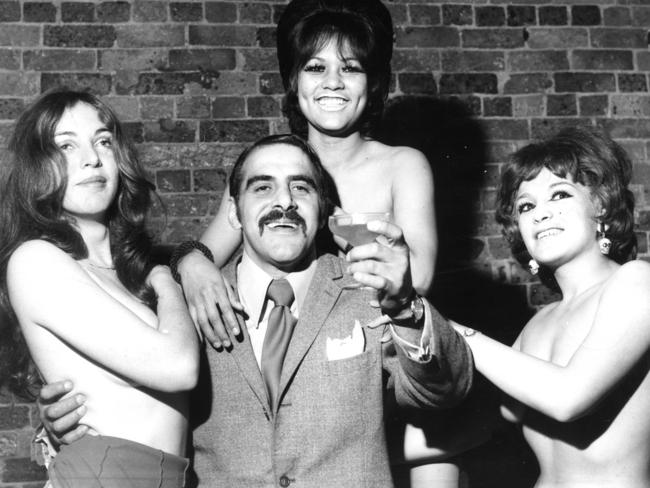
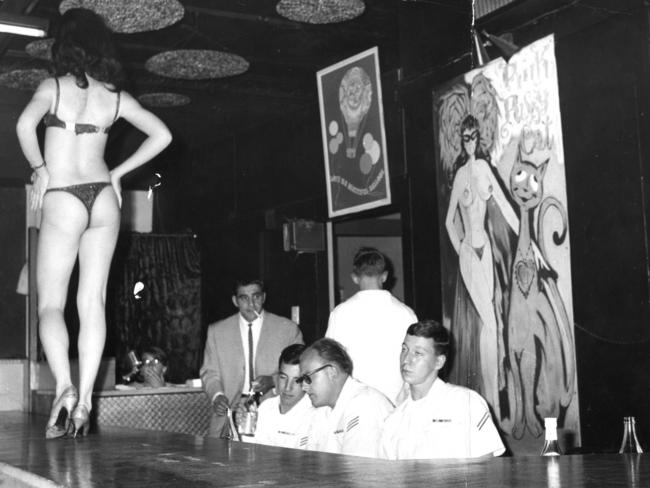
In 1988 the self-proclaimed last King of the Cross John Ibrahim opened his first club, called Tunnel Nightclub, which enjoyed success for many years.
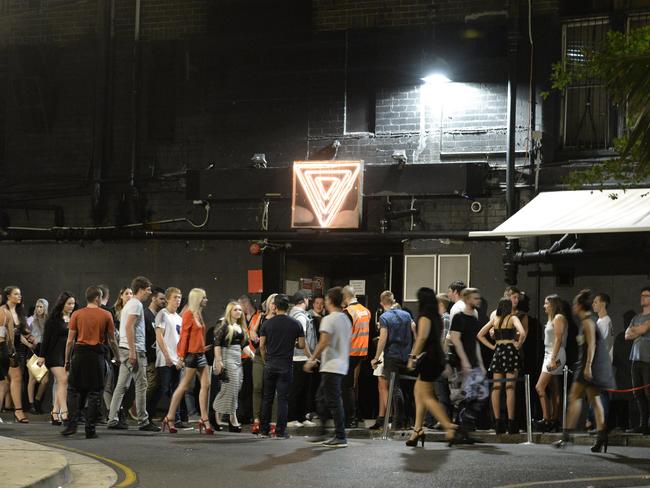
The club closed down in 2014, hard-hit by the lockout laws, and has since been converted into a gym.
John Cann, the Snake Man of La Perouse
The La Perouse snake show was launched by “Professor” Frederick Fox, aka “The Snake King”, sometime before 1913.
It was taken over by George Cann in 1919 – a showman and a scientist.
George Cann became known as “The Last Snake Man”.
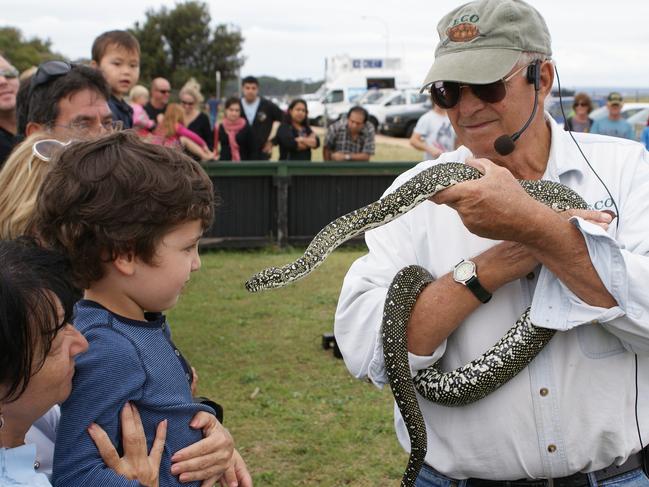
The Cann family ran the show for many years with George’s son John Cann taking over before retiring in 2010.
A reptile show still runs near Cann Park on the weekends.
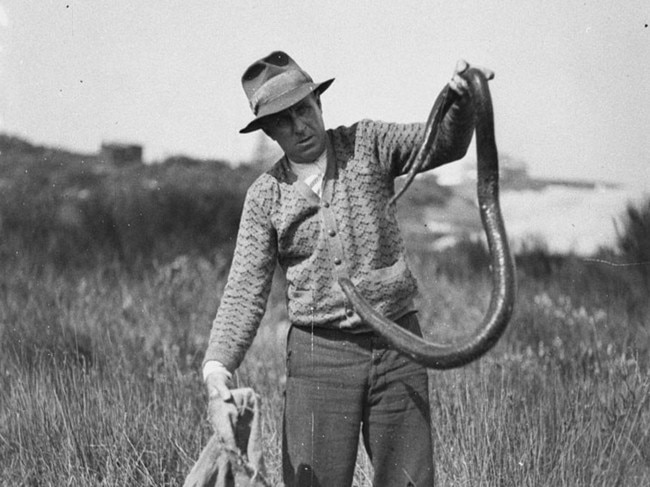
French’s Tavern
To this day, French’s Tavern has a website dedicated to it and to the “music, mayhem (and) miscreants”.
From the mid 1960s to the late 1980s, French’s was a live music venue on Oxford St, Darlinghurst.
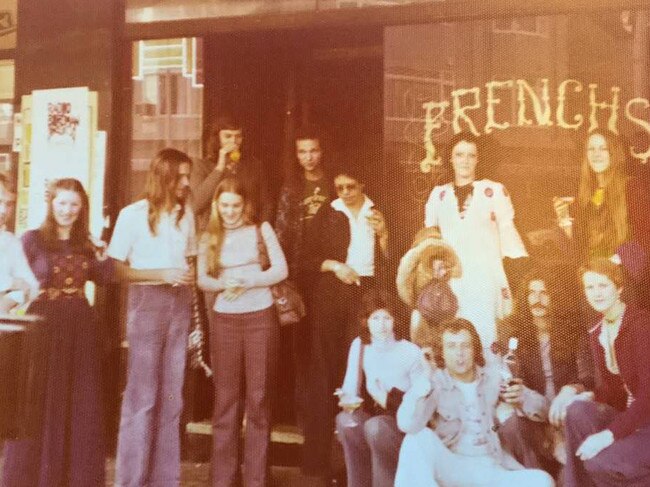
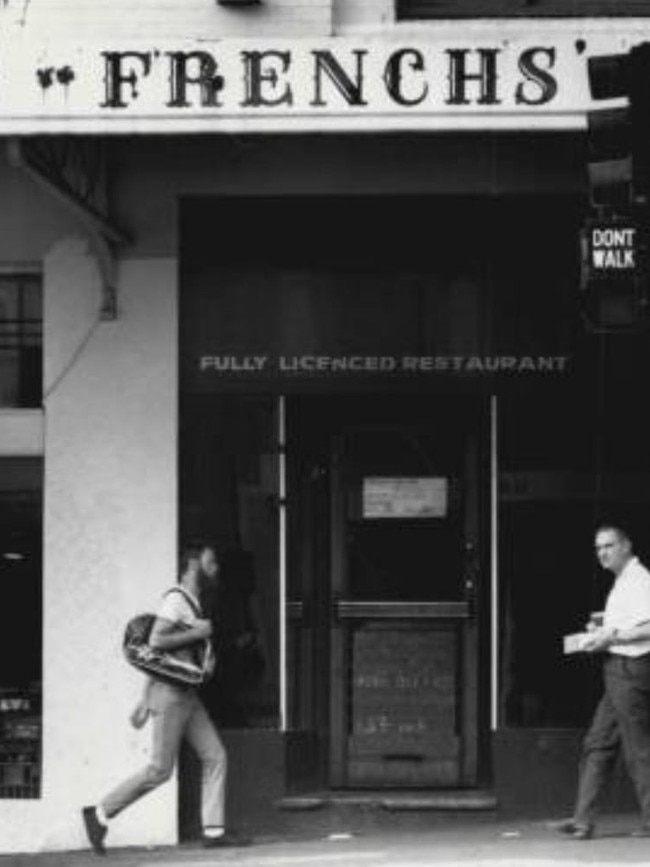
The website describes the venue as a “mixture of tribes” and a venue that hosted some of the biggest Aussie bands of all time, including Cold Chisel, Midnight Oil, Paul Kelly, Radio Birdman, Mi-Sex and more.
White City Amusement Park
Before it was a tennis complex, Paddington’s White City was the site of an all-white timber and plaster amusement park, fit with a ballroom, fairground, scenic railway, Japanese village and giant carousel.
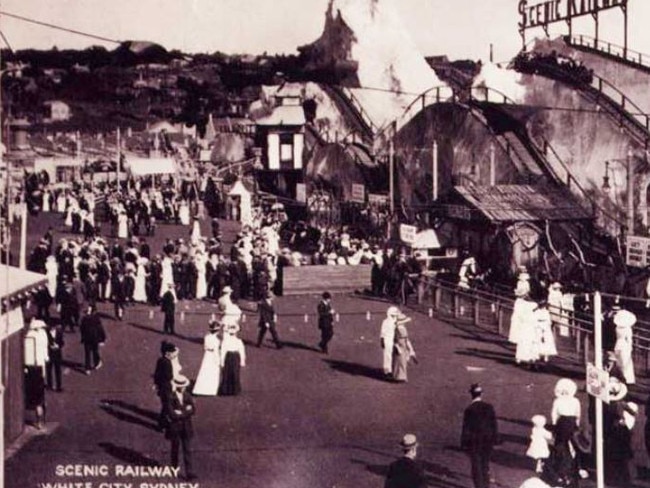
The amusement park, which opened in December 1913 by film entrepreneur Cosens Spencer, was named after London’s White City.
However, it suffered a dramatic fall from grace when it was hit by lightning and destroyed by fire in 1917.
It soon fell into liquidation and its assets were sold off.
The venue’s carousel was later taken on by Melbourne’s Luna Park.
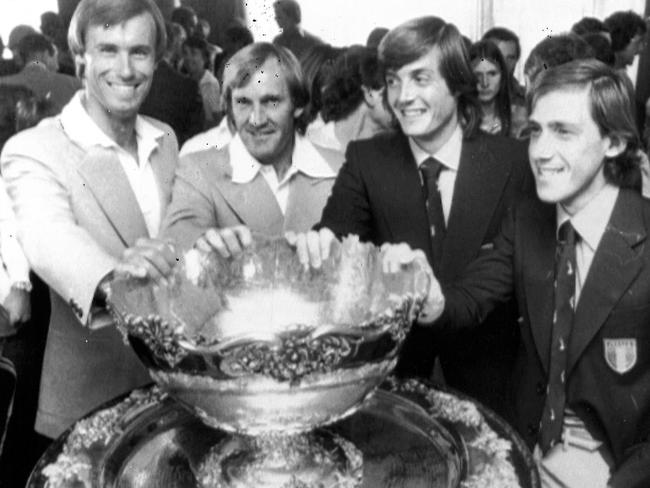
In 1922, the site was converted into a tennis complex and went on to host international tennis competitions and stars like Evonne Goolagong, Pat Cash and John Fitzgerald.
The Hakoah Club purchased the site with Maccabi Tennis Club in 2010.
Plans are now being worked on to deliver a $60 million redevelopment of the site with tennis courts, a synthetic football field, a 25-metre outdoor swimming pool and gym and health studios.
Wonderland City in Tamarama
It is hard to believe today that Tamarama beach was once home to an aquarium with a seal pond, shark pool and later a Coney-Island style theme park.
The Bondi Aquarium was destroyed by fire in 1891 but was rebuilt within the year.
But it suffered from local competition and later closed.
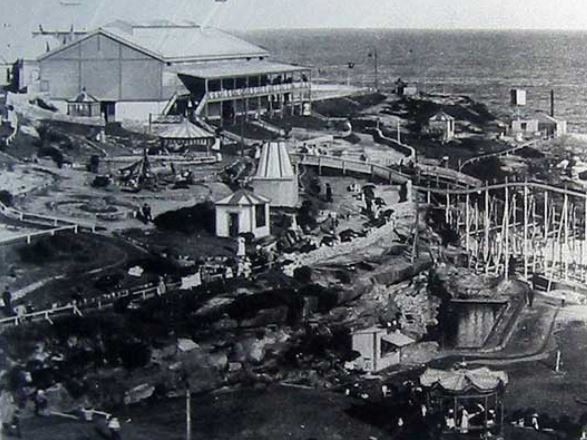
A man named William Anderson later bought up the land and leased out most of the beach to create Wonderland City in 1906.
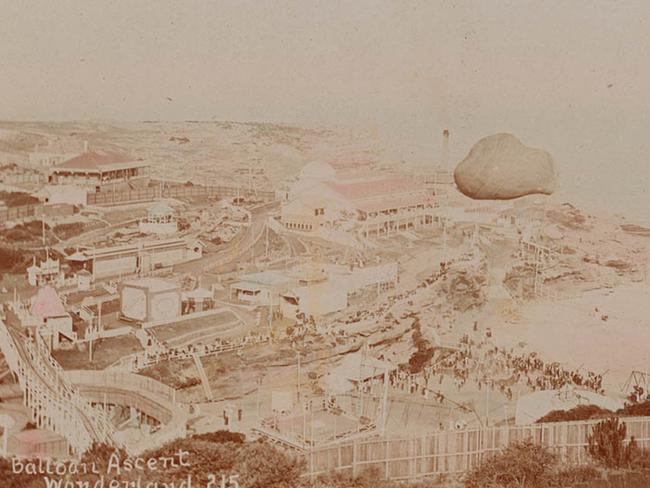
He modelled the site on Coney Island with an artificial lake, haunted house, a switchback railway, a maze, fun factory, one kilometre miniature railway, a cliff-to-cliff ‘airship’ on a wire, wax works, a boxing tent, seal pond, circus ring and a Swiss chalet.
The amusement park closed in 1911 following waning public interest and annoyance from locals and increasing numbers of swimmers.




